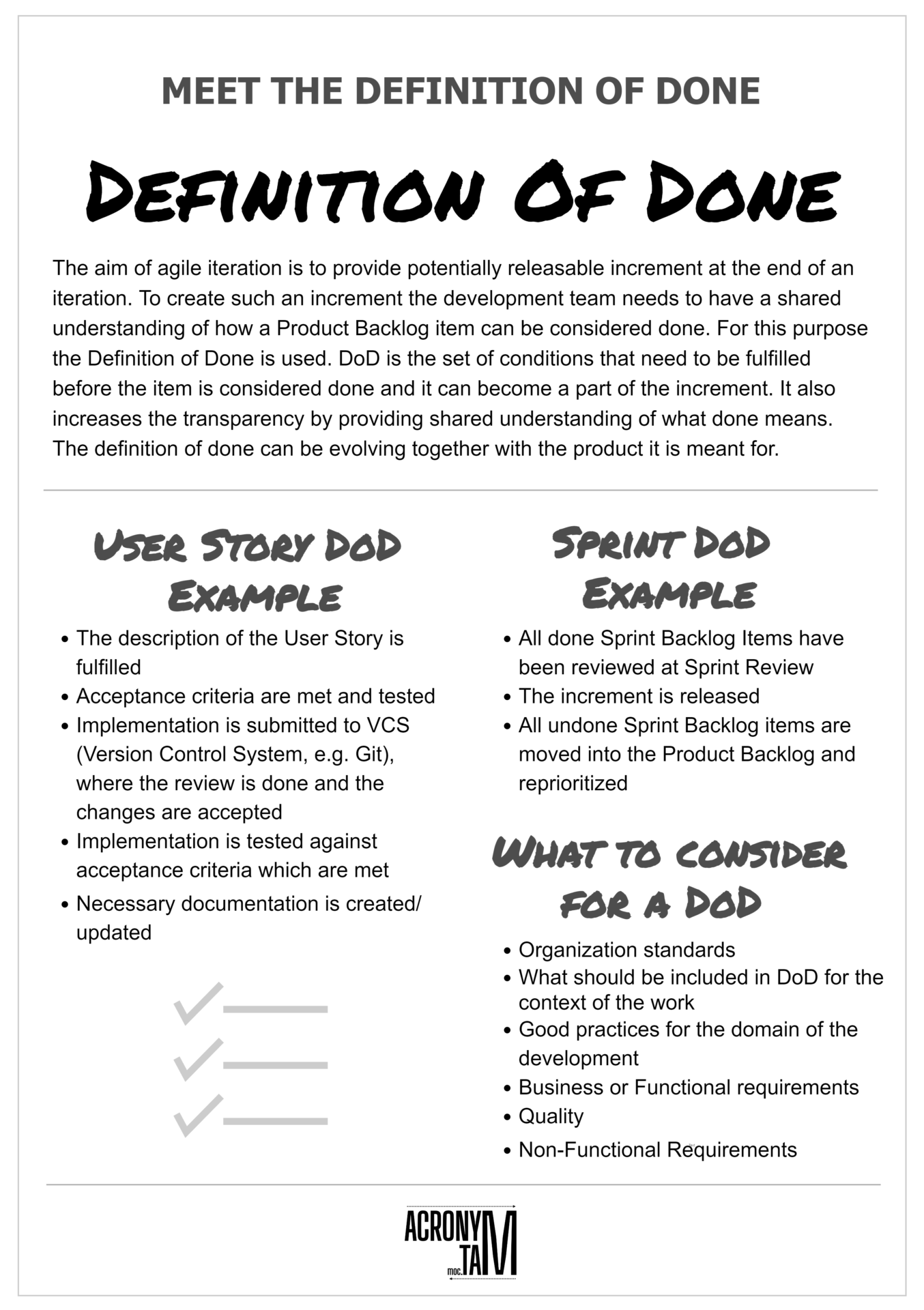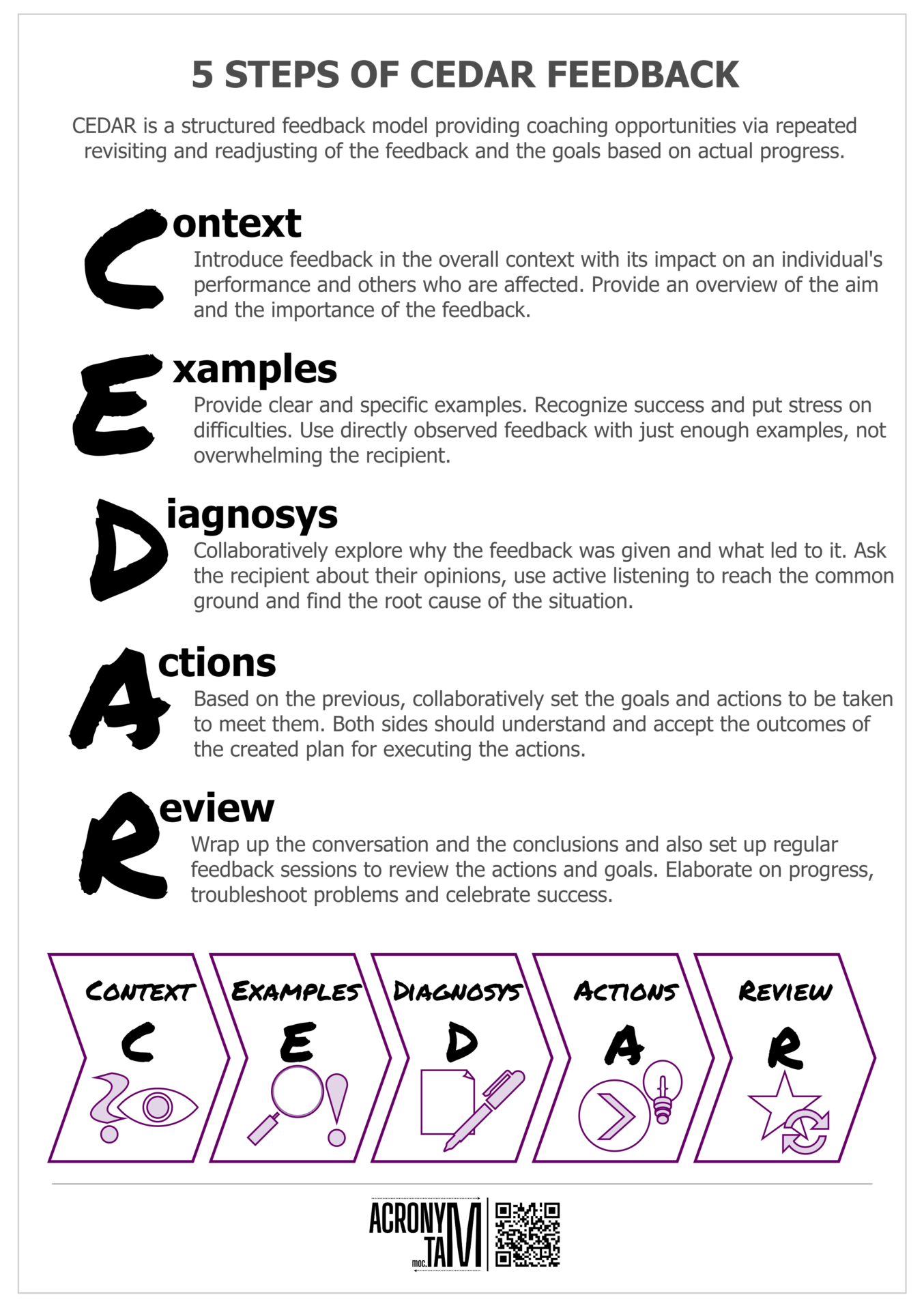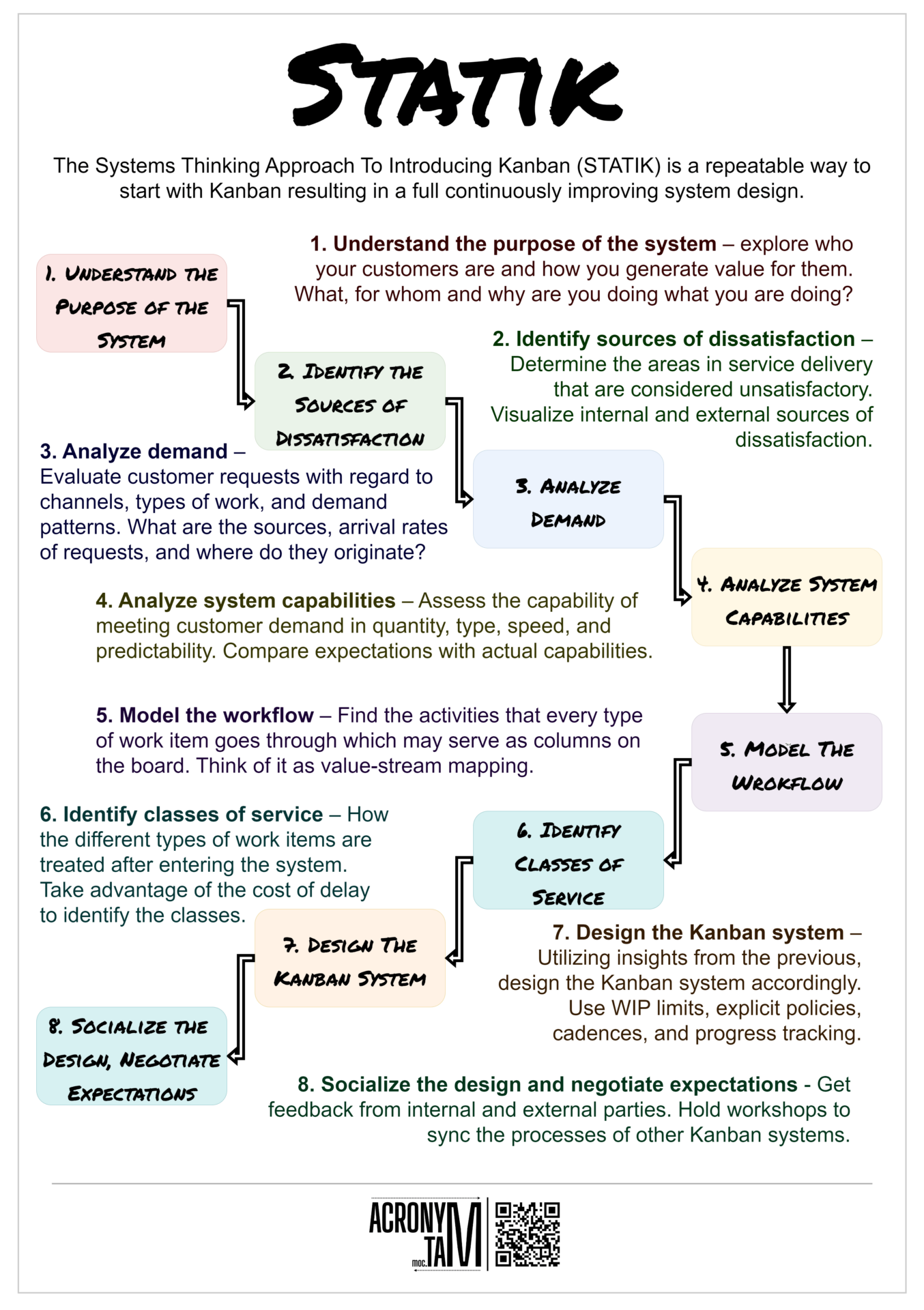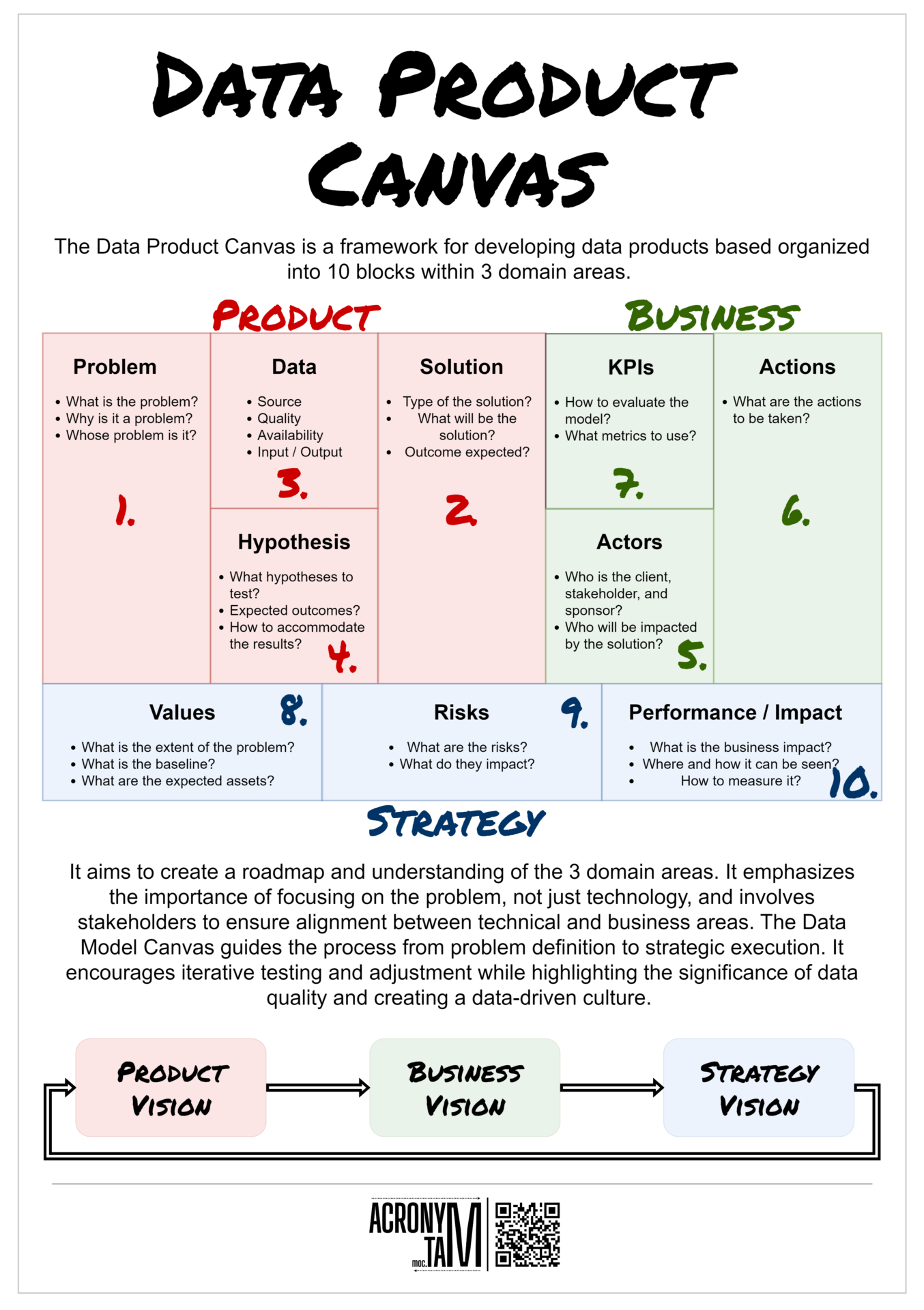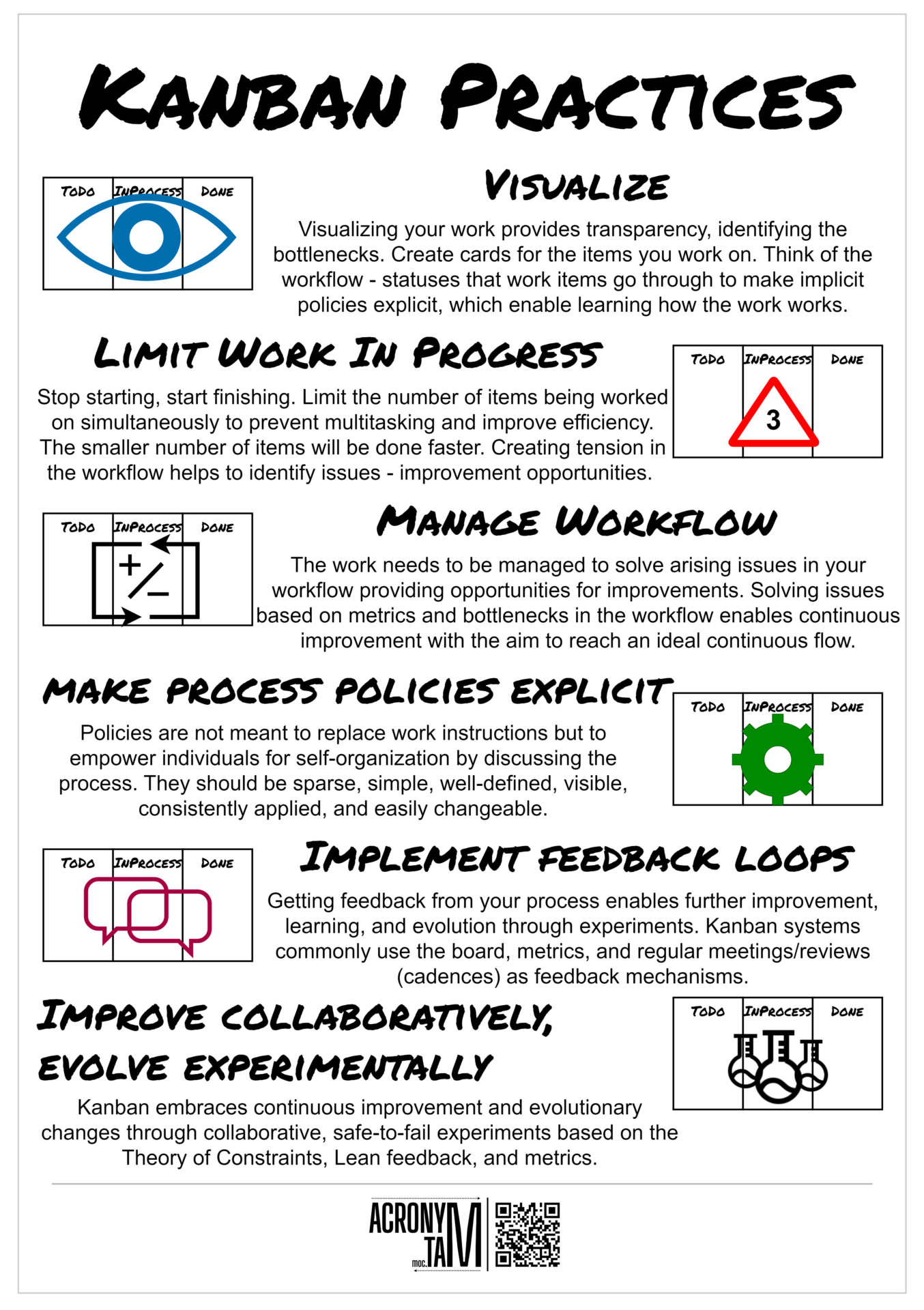Article
Definition of Done
The aim of agile iteration is to provide potentially releasable increment at the end of an iteration. To create such an increment the development team needs to have a shared understanding of how a Product Backlog item can be considered done. For this purpose the Definition of Done is used. DoD is the set of conditions that need to be fulfilled before the item is considered done and it can become a part of the increment. It also increases the transparency by providing shared understanding of what done means. The DoD can be evolving together with the product it is meant for.
What to consider for a Definition of Done
- What should be included in DoD for the context of the work
- Organization standards
- Good practices for the domain of the development
- Business or Functional requirements
- Quality
- Non-Functional Requirements
User Story DoD Example
- The description of the User Story is fulfilled
- Acceptance criteria are met and tested
- Implementation is submitted to VCS (Version Control System, e.g. Git), where the review is done and the changes are accepted
- Implementation is tested against acceptance criteria which are met
- Necessary documentation is created/ updated
Sprint DoD Example
- All done Sprint Backlog Items have been reviewed at Sprint Review
- The increment is released
- All undone Sprint Backlog items are moved into the Product Backlog and reprioritized

